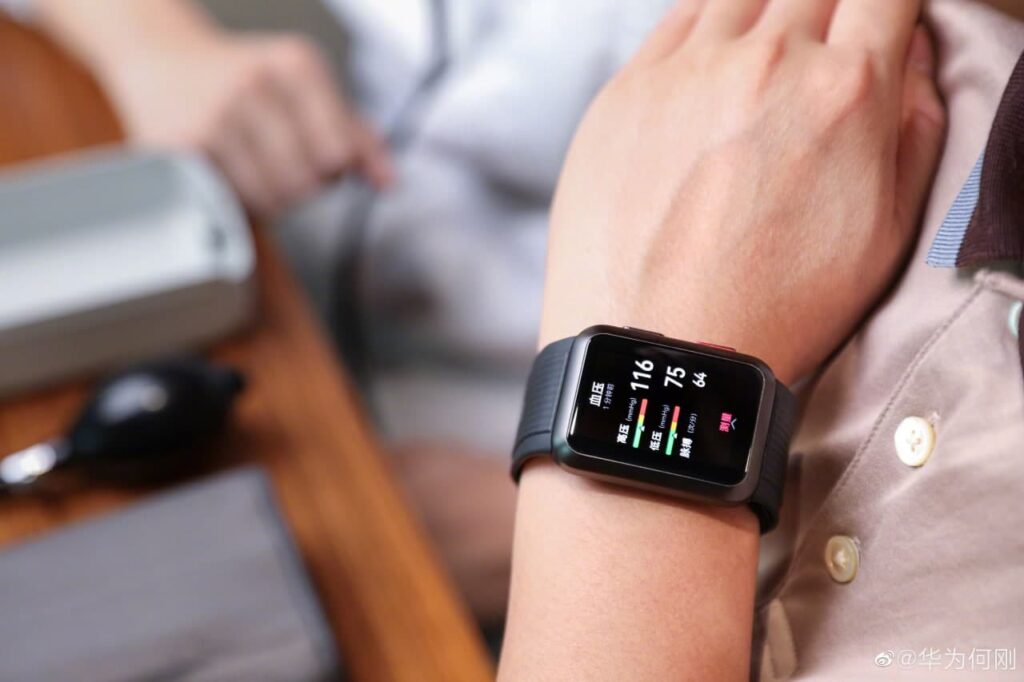You can now measure your blood pressure with your smartwatch if, for example, you suffer from high blood pressure. We explain here which models are suitable and how it works.
Important information for measuring blood pressure with your Smartwatch
First of all, it is essential that you are aware that the integrated blood pressure measurement function in your Smartwatch does not replace a visit to the doctor. If your readings are consistently too high, you should discuss this with a medical professional on a regular basis. In addition, follow these guidelines:
- To get the most reliable result, measure your resting pulse. This consists of pulse waves. They occur when your heart makes sure that blood is pumped into the vessels. This tells you how many times it has to beat in a minute to provide the necessary blood supply to all your organs at rest.
- Therefore, after physical exertion, wait until you are completely relaxed and calm again.
- It is best to lie down for this and start your exercise after five minutes at the earliest.
- To be able to compare your values over a longer period of time, carry out the measurement daily at a fixed time.
- If you are healthy and already an adult, your resting heart rate is usually between 60 and 80 beats per minute. However, for competitive athletes, this can be much lower. Teenagers often have a higher result of 80 to 100 beats per minute.
- Fitness junkies usually calculate a training pulse from their resting pulse to train more effectively.
How it works
A doctor measures your blood pressure with a cuff into which he pumps air. Smartwatches are not equipped with this. For this reason, the pulse transit time comes into play at this point. This provides information on how quickly a pulse wave reaches a peripheral part of the body.
- To do this, your device has optical-electrical heart rate sensors and ECG electrodes.
- The tighter you wear your watch on your wrist, the more accurate the measurement will be.
- To do this, your smartwatch has green LEDs on the back. These rays hit the veins and measure the blood flow. If you absorb a lot of light, your blood volume is very high at that moment. The reverse can also be true.
- Depending on how much light the sensor reflects, your watch determines how much blood is flowing through your arteries. This allows it to subsequently deduce your heartbeat/minute.
- If you also find a red light on your Smartwatch, this helps to determine your oxygen saturation. In addition, infrared light usually allows for more concrete results if you have a dark skin type. However, it is usually easier to measure your values, especially on the wrist with green rays and on the finger with red rays.
- Your device finally transmits the data to the display.
